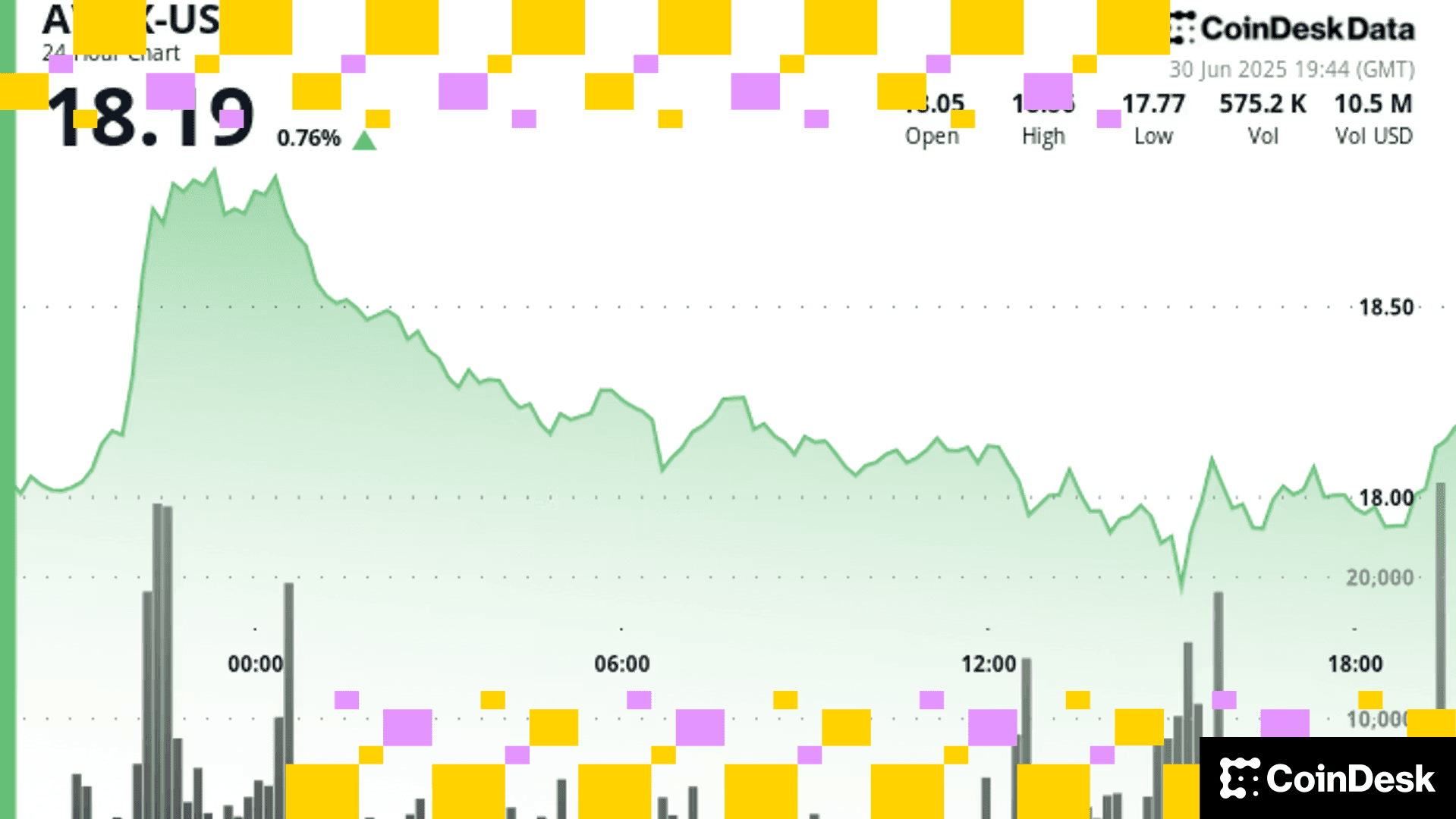Presidential Advisory Group Weighs In on Regulatory Approach to Stablecoins
Stablecoins should meet the same regulatory standards as other financial instruments, Trump’s Working Group on Financial Markets said.

Stablecoins should meet the same regulatory standards as other aspects of the financial system, says U.S. President Trump’s Working Group on Financial Markets.
The working group published a report Wednesday detailing how it views retail payments using stablecoins and asking for public feedback on the issue.
Stablecoins must meet appropriate money-laundering and oversight requirements, the document said:
“Where a stablecoin that is primarily used for retail payments is adopted at a significant scale in the United States, the associated risks may require additional safeguards. We encourage relevant participants engaged in the design of such stablecoin arrangements and their functions, operations, transactions, and risk management to align with key principles.”
These principles include addressing financial stability risks, among others.
U.S. regulators should coordinate among each other and with international partners to ensure they keep up with the space, the document said.
The working group, which includes Treasury Secretary Steven Mnuchin, Federal Reserve Chair Jerome Powell, Securities and Exchange Commission Chair Jay Clayton and Commodity Futures Trading Commission Chair Heath Tarbert, was formed in the late 1980s by President Ronald Reagan, and is tasked with overseeing and nurturing the U.S.’ financial markets.
In a statement, Acting Comptroller of the Currency Brian Brooks said he appreciates the "productive balance" the group reached on the issue.
"In its wisdom, the group also remained agnostic regarding the technologies related to unhosted wallets, which helps the nation remain competitive by preserving industry’s ability to innovate in responsible ways and adapt to the market and consumer needs and preferences," Brooks said.
Di più per voi
Exchange Review - March 2025

CoinDesk Data's monthly Exchange Review captures the key developments within the cryptocurrency exchange market. The report includes analyses that relate to exchange volumes, crypto derivatives trading, market segmentation by fees, fiat trading, and more.
Cosa sapere:
Trading activity softened in March as market uncertainty grew amid escalating tariff tensions between the U.S. and global trading partners. Centralized exchanges recorded their lowest combined trading volume since October, declining 6.24% to $6.79tn. This marked the third consecutive monthly decline across both market segments, with spot trading volume falling 14.1% to $1.98tn and derivatives trading slipping 2.56% to $4.81tn.
- Trading Volumes Decline for Third Consecutive Month: Combined spot and derivatives trading volume on centralized exchanges fell by 6.24% to $6.79tn in March 2025, reaching the lowest level since October. Both spot and derivatives markets recorded their third consecutive monthly decline, falling 14.1% and 2.56% to $1.98tn and $4.81tn respectively.
- Institutional Crypto Trading Volume on CME Falls 23.5%: In March, total derivatives trading volume on the CME exchange fell by 23.5% to $175bn, the lowest monthly volume since October 2024. CME's market share among derivatives exchanges dropped from 4.63% to 3.64%, suggesting declining institutional interest amid current macroeconomic conditions.
- Bybit Spot Market Share Slides in March: Spot trading volume on Bybit fell by 52.1% to $81.1bn in March, coinciding with decreased trading activity following the hack of the exchange's cold wallets in February. Bybit's spot market share dropped from 7.35% to 4.10%, its lowest since July 2023.
More For You












